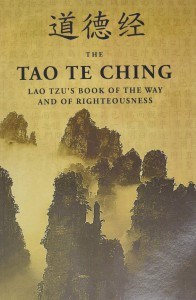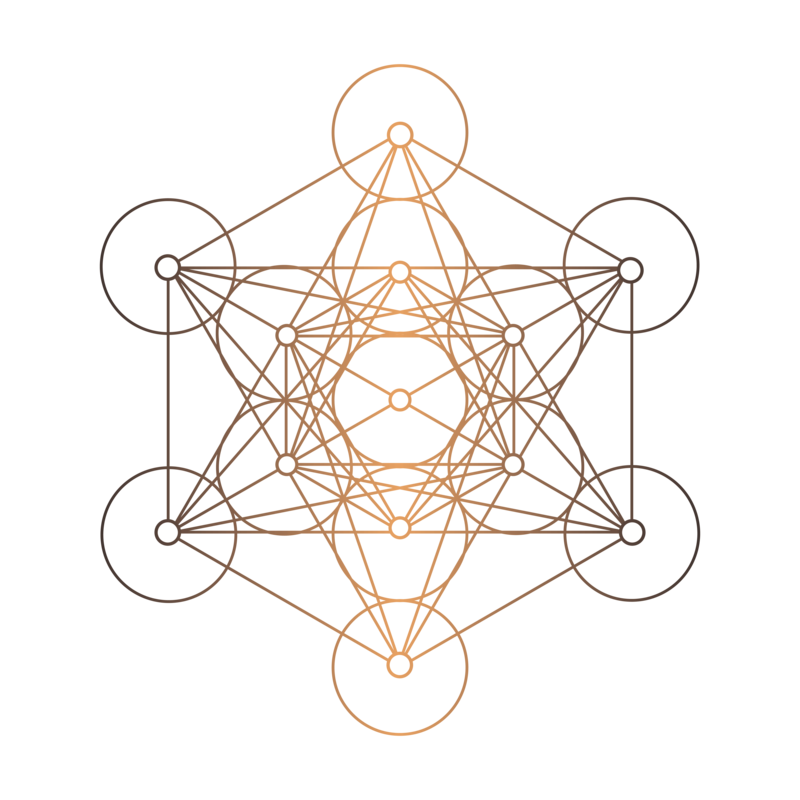Taoism/Daoism and What Being a Taoist/Daoist Practitioner Means

 Taoism/Daoism
Taoism/Daoism
Taoism (also spelled Daoism) is a religion and a philosophy from ancient China that has influenced folk and national belief. Taoism has been connected to the philosopher Lao Tzu, who around 500 B.C.E. wrote the main book of Taoism, the Tao Te Ching. Taoism holds that humans and animals should live in balance with the Tao, or the universe. Taoists believe in spiritual immortality, where the spirit of the body joins the universe after death. Being a Taoist/Daoist Practitioner we focus on health and well being through the practices of Taiji-Quan, Qigong, Nei Gong and a focus on the Internal Arts/Alchemy to increase the flow of Qi (Energy) throughout the meridians (Energy Channels & Centres within the body) for wellness, good health and longevity.
The Tao Te Ching, or “The Way and Its Power,” is a collection of poetry and sayings from around the third and fourth centuries B.C.E. that guides Taoist thought and actions. While the author is traditionally believed to be the philosopher Lao Tzu, there is little evidence that Lao Tzu existed at all. Rather, the Tao Te Ching is a gathering of earlier sayings from many authors. This book was given an origin with the philosopher Lao Tzu for cultural and political reasons. Lao Tzu is sometimes understood as the image of the Tao, or a god, and given legendary status.
The Tao (or Dao) is hard to define but is sometimes understood as the way of the universe. Taoism teaches that all living creatures ought to live in a state of harmony with the universe, and the energy found in it. Ch’i, or qi, is the energy present in and guiding everything in the universe. The Tao Te Ching and other Taoist books provide guides for behavior and spiritual ways of living in harmony with this energy. However, Taoists do not believe in this energy as a god. Rather, there are gods as part of the Taoist beliefs, often introduced from the various cultures found in the region known now as China. These gods are part of the Tao, like all living things. Taoism has temples, monasteries, and priests who make offerings, meditate, and perform other rituals for their communities.
One of the main ideas of Taoism is the belief in balancing forces, or yin and yang. These ideas represent matching pairs, such as light and dark, hot and cold, action and inaction, which work together toward a universal whole. Yin and yang show that everything in the universe is connected and that nothing makes sense by itself.
Taoism became well-known in the eighth century C.E. as the religion of the Tang dynasty. In the following centuries, it existed alongside Buddhism and Confucianism (another philosophical religion). However, during the Communist takeover in 1949, Taoism, Confucianism, and other religions were banned. This caused a decline in the practice of Taoism in China. Many modern Taoists live in Taiwan, although recent reforms in China have increased the number of Chinese Taoists.

The Tao Te Ching (UK: /ˌtaʊ tiː ˈtʃɪŋ/,[1] US: /ˌdaʊ dɛ ˈdʒɪŋ/;[2] simplified Chinese: 道德经; traditional Chinese: 道德經; pinyin: Dàodé Jīng [tâʊ tɤ̌ tɕíŋ] (listen))[note 1] is a Chinese classic text written around 400 BC and traditionally credited to the sage Laozi,[7][8] though the text’s authorship, date of composition and date of compilation are debated.[9] The oldest excavated portion dates back to the late 4th century BC,[10] but modern scholarship dates other parts of the text as having been written—or at least compiled—later than the earliest portions of the Zhuangzi.[11]
The Tao Te Ching, along with the Zhuangzi, is a fundamental text for both philosophical and religious Taoism. It also strongly influenced other schools of Chinese philosophy and religion, including Legalism, Confucianism, and Chinese Buddhism, which was largely interpreted through the use of Taoist words and concepts when it was originally introduced to China. Many artists, including poets, painters, calligraphers, and gardeners, have used the Tao Te Ching as a source of inspiration. Its influence has spread widely within the globe’s artistic and academic spheres. It is one of the most translated texts in world literature. Written more than two thousand years ago, the Tao Teh Ching, or -The Classic of the Way and Its Virtue, – is one of the true classics of the world of spiritual literature. Traditionally attributed to the legendary -Old Master, – Lao Tzu, the Tao Teh Ching teaches that the qualities of the enlightened sage or ideal ruler are identical with those of the perfected individual.
Today, Lao Tzu’s words are as useful in mastering the arts of leadership in business and politics as they are in developing a sense of balance and harmony in everyday life. To follow the Tao or Way of all things and realize their true nature is to embody humility, spontaneity, and generosity.
Laozi, also romanized as Lao Tzu and various other ways, was a semi-legendary ancient Chinese Taoist philosopher, credited with writing the Tao Te Ching. Laozi is a Chinese honorific, generally translated as “the Old Master”. Lao Tzu (Chinese: 老子; pinyin: Lǎozǐ; Wade-Giles: Laosi; also Laozi, Lao Tse, Lao Tu, Lao-Tsu, Laotze, Laosi, Lao Zi, Laocius, Lao Ce, and other variations) was a mystic philosopher of ancient China, best known as the author of the Tao Te Ching (often simply referred to as Laozi). His association with the Tao Te Ching has led him to be traditionally considered the founder of Taoism (pronounced as “Daoism”). He is also revered as a deity in most religious forms of the Taoist religion, which often refers to Laozi as Taishang Laojun, or “One of the Three Pure Ones”. Laozi translated literally from Chinese means “old master” or “old one”, and is generally considered honorific.
According to Chinese tradition, Laozi lived in the 6th century BCE. Historians variously contend that Laozi is a synthesis of multiple historical figures, that he is a mythical figure, or that he actually lived in the 5th-4th century BCE, concurrent with the Hundred Schools of Thought and Warring States Period. As a result of being a a central figure in Chinese culture, both nobility and common people claim Lao Tzu in their lineage.
